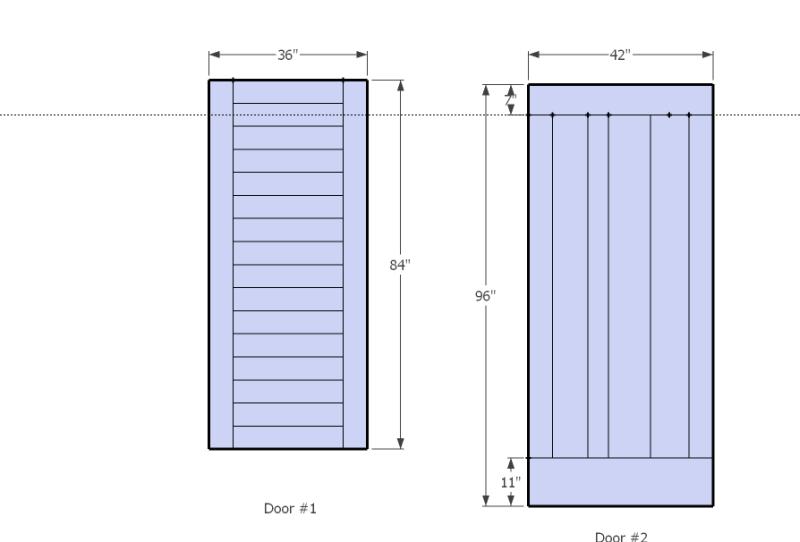"Fire Rated" Door Mysteries
Woodworkers discuss the issues around passage door fire ratings, and whether field modification of labeled doors is allowed. March 3, 2009
Question
I’m getting ready to apply 1 and 3/4" fire rated doors with paper back anigre veneer and vacuum pressed. Does anyone have any thoughts?
Forum Responses
(Architectural Woodworking Forum)
From contributor R:
I’m not a code expert on this or a UL inspector, however, I've installed plenty of fire rated doors and many had wood (1/8 - 3/16 ply) skins. It's the core that made them fire rated, so I wouldn't think adding a .020 - .030 veneer is going to affect its rating to any great degree. A call to the manufacturer might clarify this.
From contributor B:
If you did not manufacture these doors it will void the rating. Technically you cannot modify a labeled door in any manner, machining, cutting down, adding an applique, boring, and etc. without voiding the rating unless you built and labeled them in your own facility.
We manufacture rated stile and rail doors and it is true we can slap nearly anything on either side of the core but we are the only ones allowed to do so according to our license.
From contributor T:
Contributor B - do you know if this applies to FR particleboard too? We are doing a job that has required it and are applying plam to both sides. Does this void the rating?
From contributor A:
Doors are produced under a license with one of the labeling agencies to maintain the rating they can't be altered other than what’s in the spec. If your spec calls for a rated panel assembly then you need to purchase from a rated panel mfg, if the spec calls for fire rated core you should be okay.
From contributor T:
Any modification of a fire rated door by anyone other than a licensed shop, with the exception of trimming up to a half inch off of the bottom voids the label. Anything that affects the performance of a door during a fire test, in this case added veneer and an unknown adhesive is prohibited by the labeling agency. The problem is that the fire rated door has not been tested with your veneer and your adhesive, so the results are unknown. It's not too hard to find anigre veneered doors machined and labeled by the manufacturer.
From contributor T:
For the doors to be rated, they must be labeled, and once they are labeled, any modification voids the rating. If they are commercial, then a call to the licensed manufacturer - look on the label itself will verify my point.
From contributor D:
My frustration comes from a couple of local inspectors that tell builders they need "fire doors" in garage to house passages and in attic to living space passages. The inspectors will not be more specific or even give me much more than the way-too-vague "fire door." They do say the door(s) don't need a label, they just need to be fire doors. If I challenge the inspector to provide better info, then the builder is afraid the inspector will come down on their jobs and they will have problems everywhere - don't rock the boat. It’s very frustrating. We are not licensed for this type of work and our doors are not tested. I am of the belief we are too small to undergo the expense of tests.
From contributor B:
Depending on which building code (UBC, IBC) your local building department is using you may have a few options concerning what type of door you can provide. For twenty minute separations one code may require that the door be labeled while another will only require the door to be 1 3/8" thick at its thinnest point, no label required as long as it's solid core. The easiest thing to do is email/call the building department that is responsible for the inspections and ask the question. In the very least you should be able to find out what current code they are using and research it yourself from there.
Also keep in mind that even if you are not required by code to have a labeled door you will need to provide hardware that is either WH or UL rated for fire door assemblies.
From contributor J:
We work under three different building departments in our market area. For twenty minute doors they allow the 1 3/8” at the thinnest point with the gaskets, closer or self closing hinges and the bottom sweep. I check often on this because each inspector or new inspectors can interpret the codes differently.
